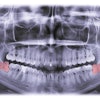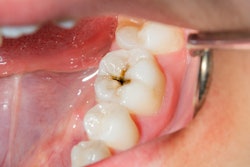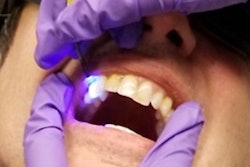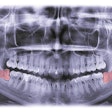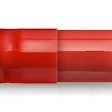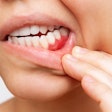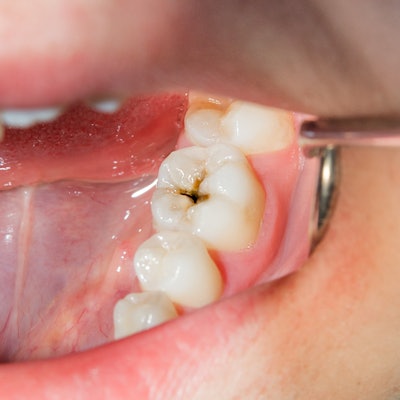
Researchers from the University of Colorado (CU) School of Dental Medicine in Aurora, CO, have created a targeted, antibiotic, regenerative dental coating that hampers bacteria that causes caries, paving the way for a new method to prevent tooth decay.
In addition to inhibiting cavity-causing oral germs, the new coating material made of acrylated hydroxyazobenzenes (AHA) sheds bacterial biofilms and helps regenerate dental pulp that houses the connective tissue, blood vessels, and cells in the center of teeth.
"We have created a genus-specific antibiotic that does not exist in medicine or dentistry," Mike Schurr, PhD, an associate professor of immunology and microbiology at CU, said in a press release issued on March 9.
Unlike traditional dental hygiene products, including mouthwash, that kill some cavity-causing bacteria but the dead germs remain, the AHA coating destroys the bacteria and prevents it from sticking around, according to the researchers.
When the coating "interacts with light, it moves at the molecular level to disperse biofilms and inhibit bacterial attachment," Devatha Nair, PhD, an assistant professor at CU's Department of Craniofacial Biology, said in the release. "The unexpected aspect of the material was its ability to selectively inhibit dental caries causing bacteria and its regenerative potential in dentistry."
Could this new coating result in a paradigm shift in the practice of dentistry? The versatility of the coating makes it possible, Chaitanya Puranik, PhD, MDS, a clinical assistant professor in pediatric dentistry at CU, said in the release.
"While preventing dental caries and dispersing biofilm, it has the potential to be used as a filling material that can be placed directly in dental pulp to initiate formation of dentinal ridge," Puranik said. "This itself is highly rare for any filling material in dentistry."
Additionally, the AHA coating has other advantages over existing dental materials: It is a low-cost material, it does not cause internal staining or tooth resorption, and it can be applied in a few steps.
Furthermore, the discovery has caught the eye of the U.S. National Institutes of Health and the Gates Grubstake Fund, which awarded the researchers $350,000 to continue their research. The researchers will explore using the coating in other dental applications and other areas, including preventing strep throat, according to the release.




